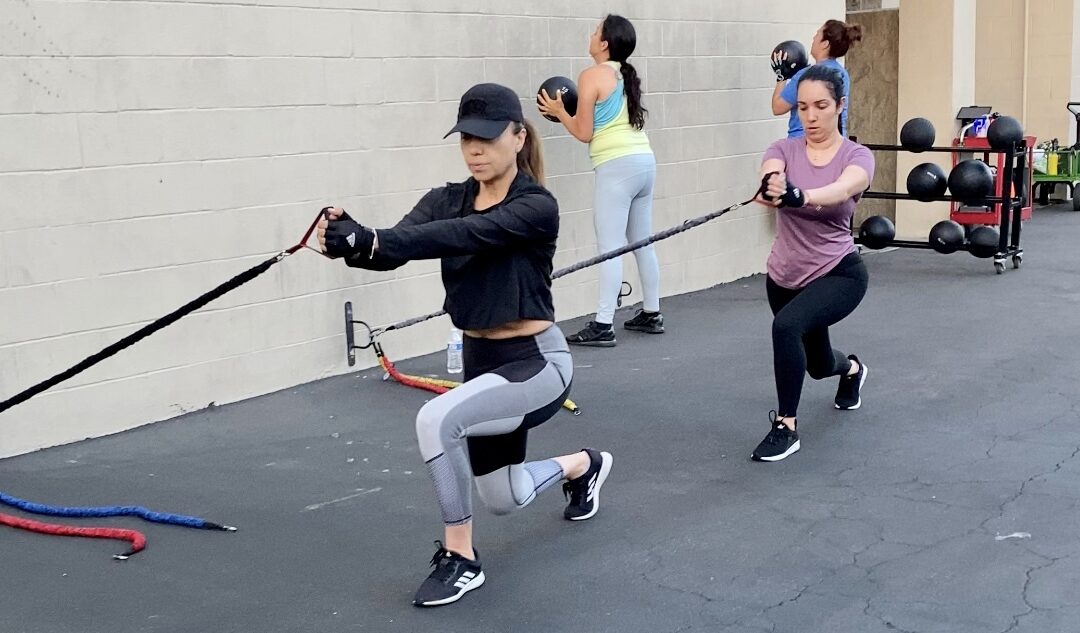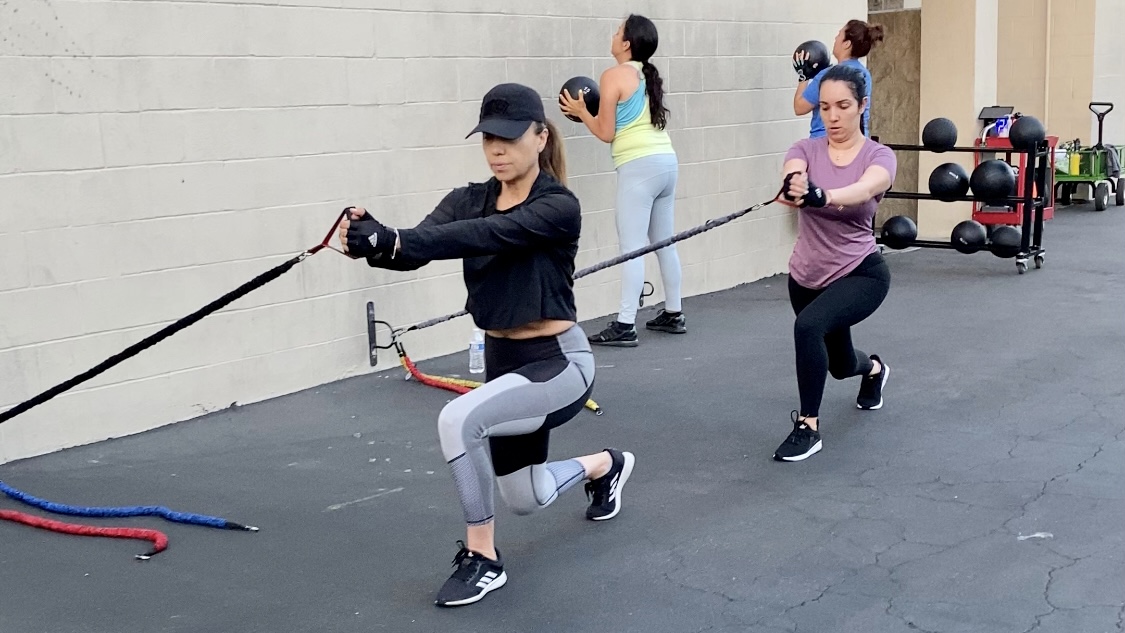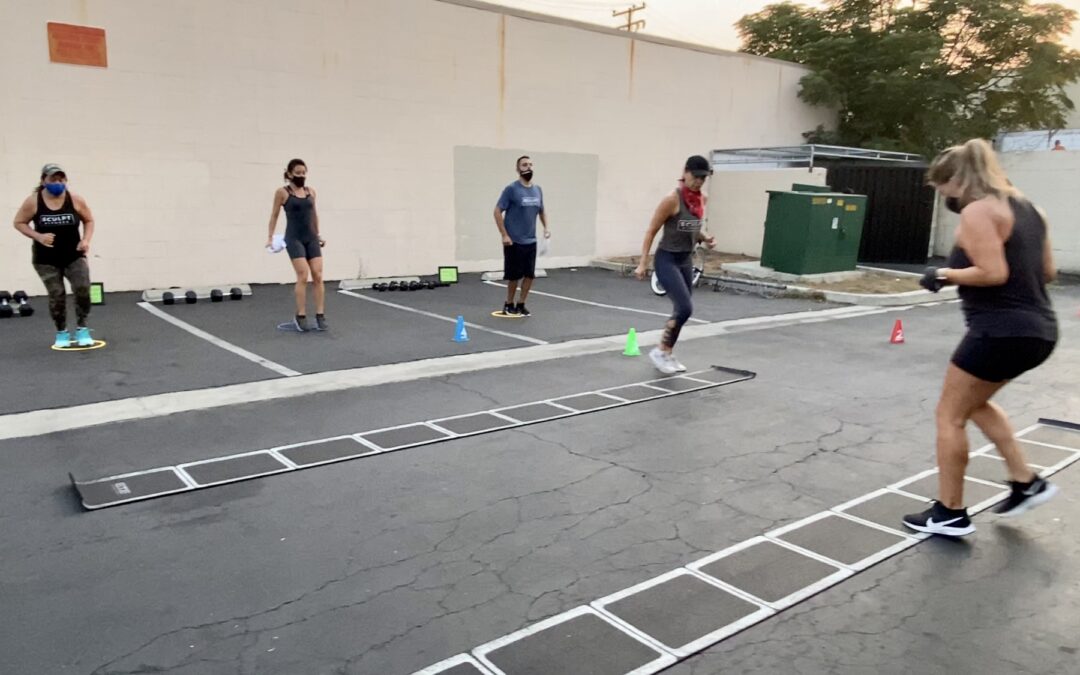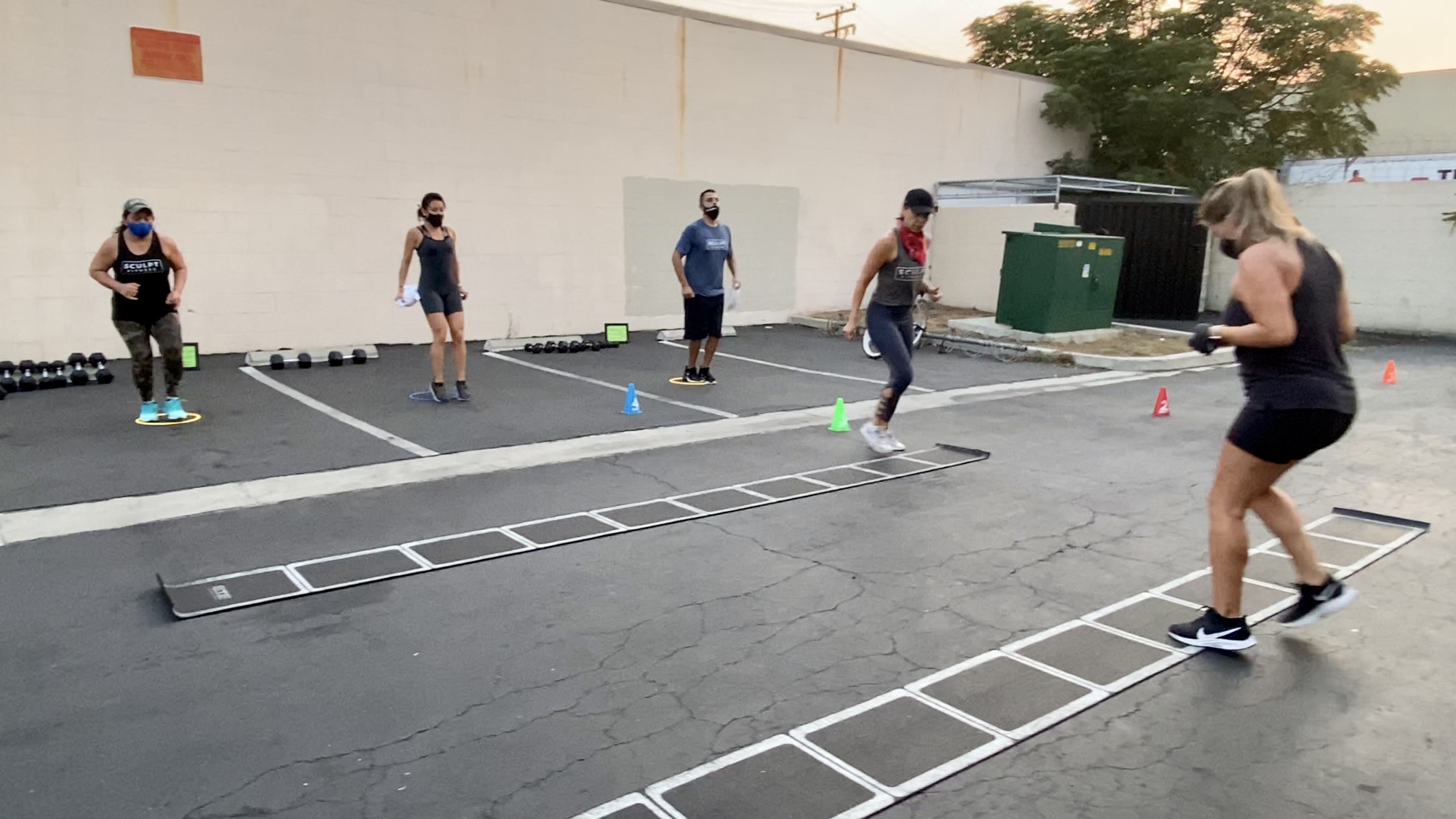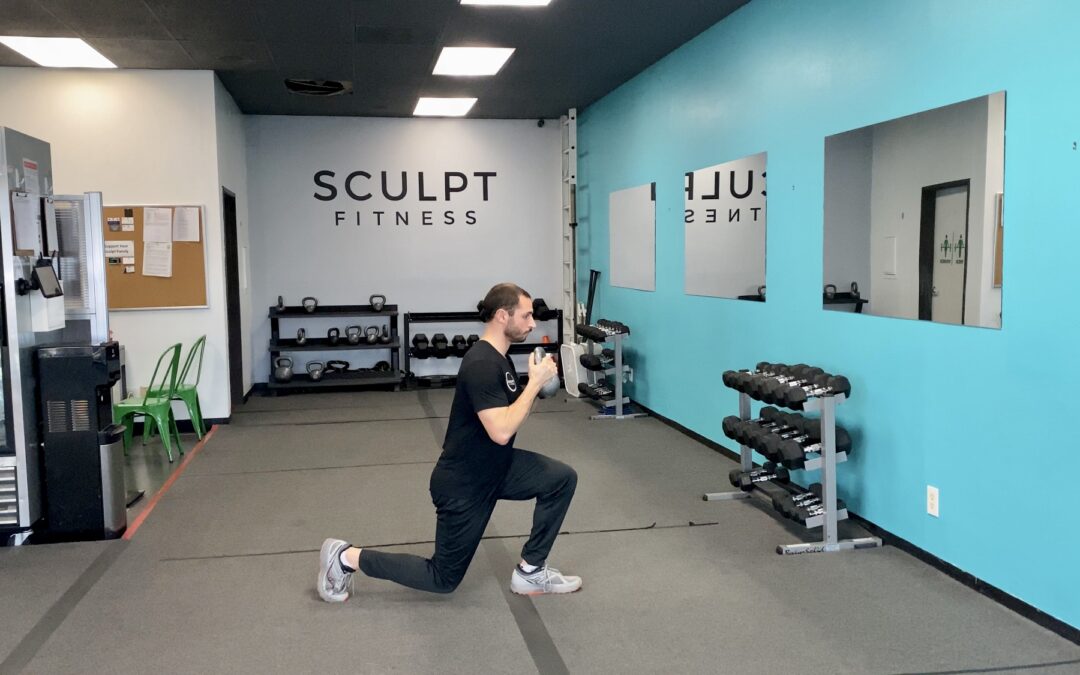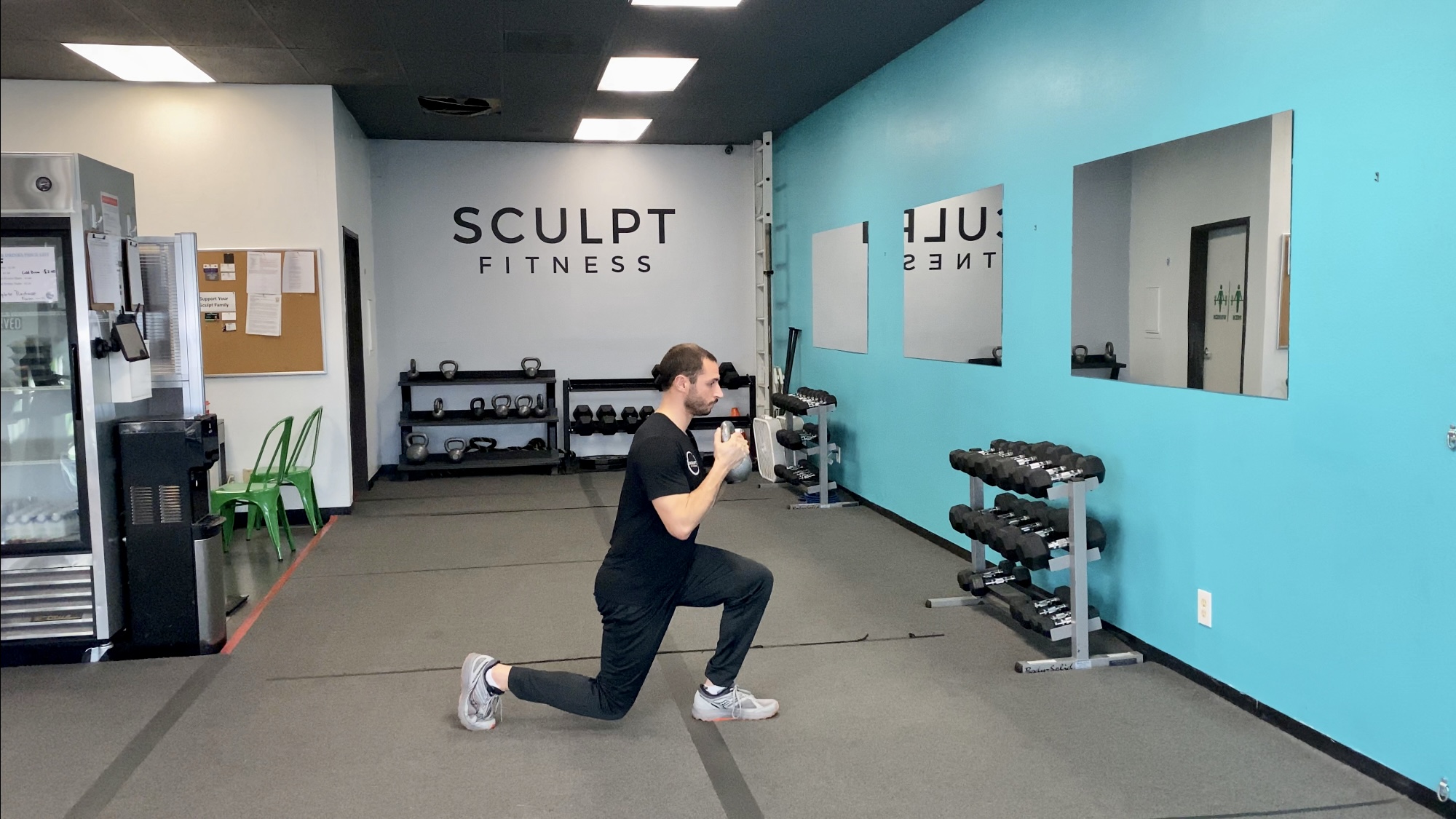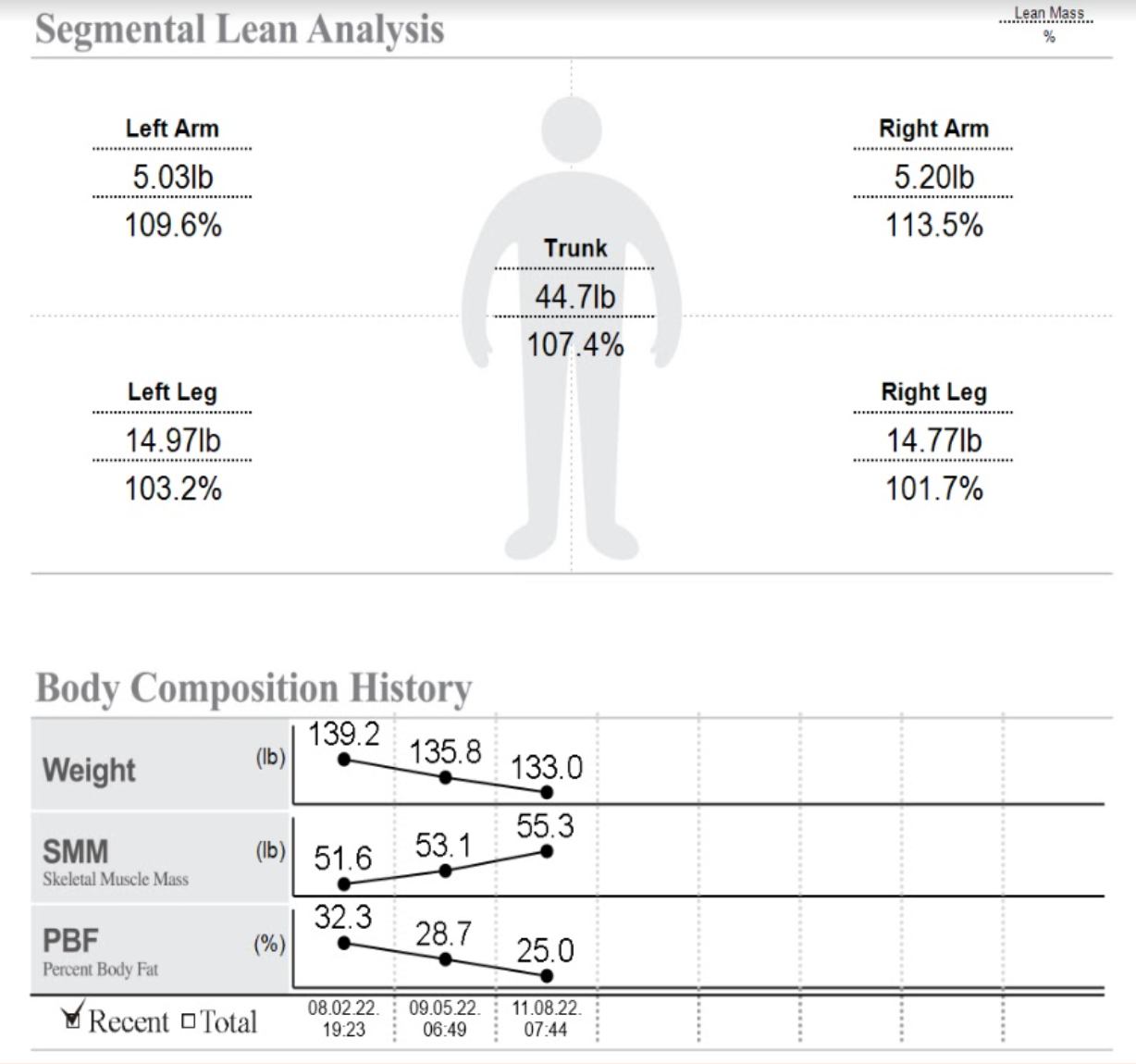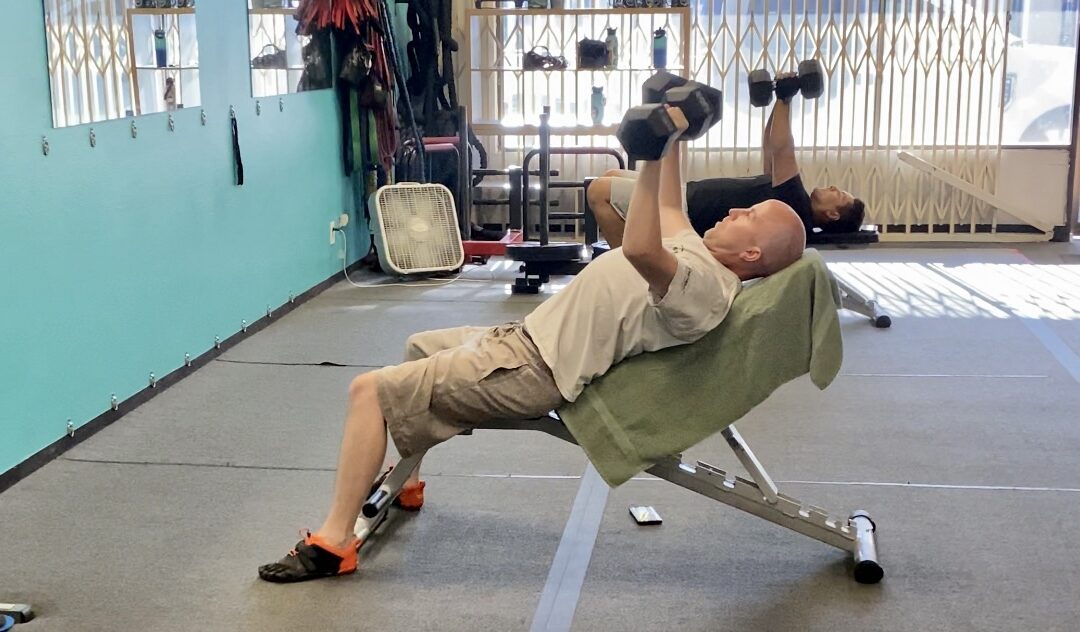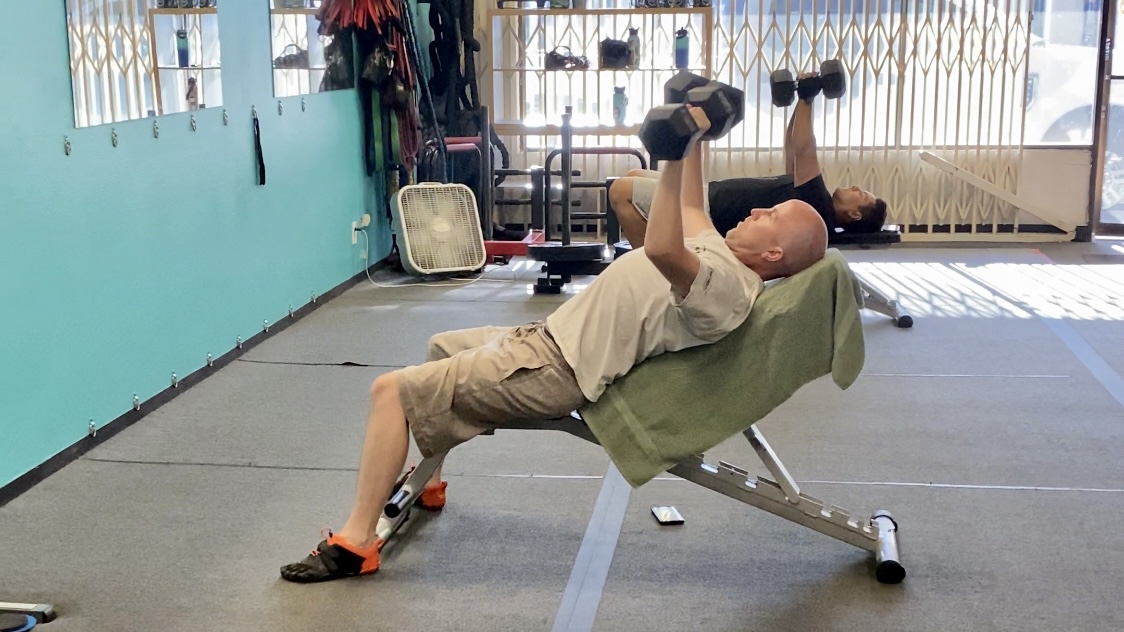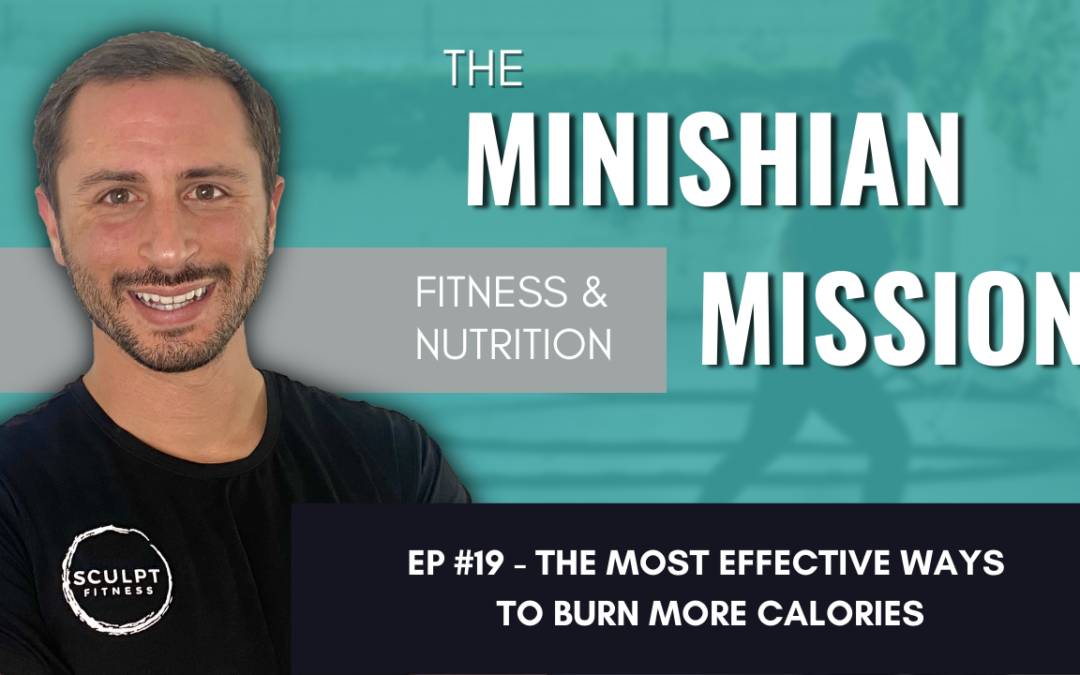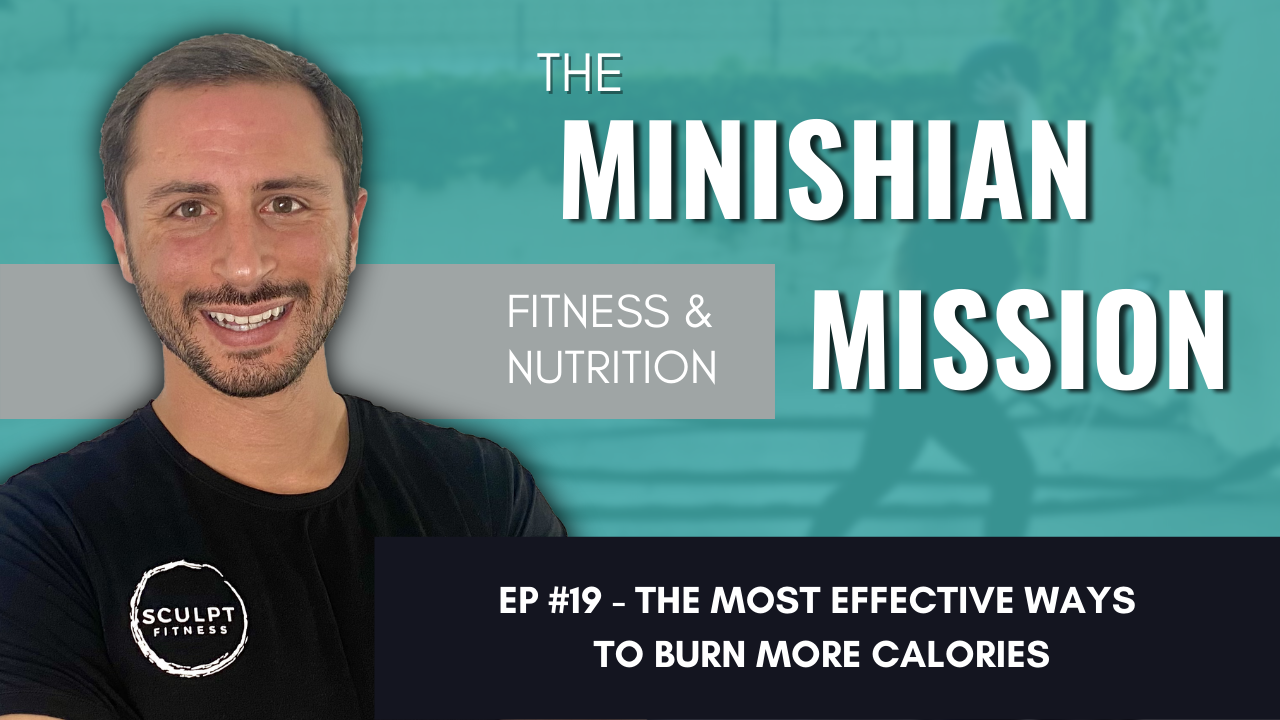
The Equipment You Need For Resistance Based Training
How to use three pieces of equipment for resistance training.

Starting a resistance based training routine can be simple and effective with minimal equipment. Whether you’re at home or in the gym, there are only a few pieces of equipment you need.
In a gym it can feel overwhelming with so many equipment options. You don’t need to use everything. The free weight section alone has all the equipment to implement a fantastic program from the extremely versatile dumbbells to more specific tools like kettlebells and barbells.
There is NO WRONG choice when it comes to equipment. The trick is to use the equipment that is going to benefit you most within your current workout plan and move you closer towards your goal.
Resistance Based Training Equipment
Dumbbells, kettlebells, and barbells can be used to complete each of the six fundamental exercises included in a training program. Let’s use the chest press exercise as an example to show when you might use each piece of equipment.
Dumbbells
When training dumbbells are foundational to have in a resistance based program. Dumbbells can be used to achieve muscular endurance, hypertrophy, or strength. In the chest press movement, dumbbells allow you to fully contract the chest muscles by bringing your arms and hands closer together at the top of the movement. Since dumbbells can be rotated in your hand, a neutral hand position can be used to reduce stress on the rotator cuff, possibly allowing someone with shoulder discomfort to complete the movement with little to no pain. Completing the chest press with dumbbells is also a safer choice when going heavier without a spotter as the weights can be dropped to your sides if you fail to complete a repetition. After you perfect your form with dumbbells, use other free weight equipment to challenge yourself in new ways.
Kettlebells
While kettlebells are used in the same ways as dumbbells, for specific movements like the chest press the weight is off-centered. This means controlling the kettlebell throughout the movement requires a higher level of muscular coordination. The stress place on the smaller stabilizing muscles will strengthen them, which will help improve chest press performance when using dumbbells or a barbell.
Barbell
When you want to maximize strength or power, the barbell is your best friend. The barbell allows you to lift more weight which helps improve overall strength. Since the bar requires a fixed hand position, you can also exert less controlled quick movements on the weight to build power. For the chest press the bar will require a spotter during heavier lifts. Safety comes first. Although the bar is specifically better for strength and power, it is excellent for hypertrophy, building muscle, too.
There is no wrong choice when it comes to which equipment you choose to grab. As long as the form is good, weight is challenging, you are progressing the program and having fun, the results you want are bound to follow.
Ready to create a sustainable lifestyle and
build the body you want?

David Minishian, MPH
Fitness and Nutrition Coach
David is the owner and coach at Sculpt Fitness in Long Beach, CA. The mission he has started at Sculpt is to educate, equip, and empower the local community to make the best decisions for their health. He has been coaching exercise and nutrition for over 10 years, helping clients create sustainable lifestyle to build the body they want. When he's not training, coaching or cooking, David is on an adventure with his wife and daughter or teeing up his next shot on a golf course.
